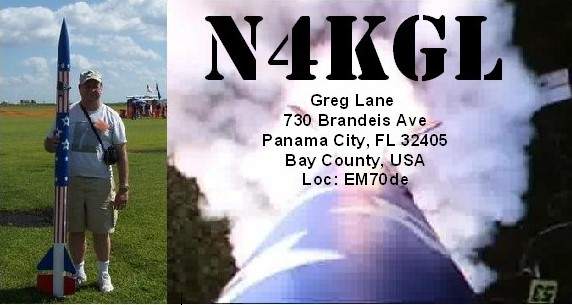You could say this was a study of how to operate from a mall parking lot. Essentially, I took two facing parking spaces, setup the canopy in one and parked the truck in the other. There was a 31 foot jackite pole rising above the canopy. It had the Chameleon Hybrid Micro attached head high. The 60 foot wire goes to the top of the pole. Then the wire goes horizontal to camo poles off the back of the truck. Two 25 foot counterpoise wires were wrapped around the top of the canopy.
The first two hours of ops were the RaDAR On-The-Air Meetup. Any contacts are good but it is a bonus to work other RaDAR Operators. My grid square was EM70EE24DU. On 20 SSB I worked two local KK4DWC Don and WB4BLX Bob, I had several solid QSOs including N1GYE/W8 at a club station in Michigan, KD0WUF Shawn in Kansas and VE3TCV Mauro. Also got a call from Charlie NF4A who is also local. He said I was spotted on a cluster. I switched to CW as planned and worked Pat NQ0N. Pat is a RaDAR op but was inside due to weather.
The second hour was on 17 meters. The band was in poor shape. I struggled but was called by K0YO. He also called me on 20 meters possibly. I did snag LY1G Stasy in Lithuania. I switched to CW and worked NT9L. I apologize John I was getting questions from a visitor and was not focused. Since the meetup was over I went to 40 SSB and checked into South CARS net. The net control liked that we were at hurricane preparedness an event.
I did use my 100 watt solar panel which replenished the drain from the battery as I operated. I ran 100 watts and I think it would have been tough at 10 watts due to conditions. The antenna did well so I think the inverted L was a good choice.
I had a number of visitors. Most were most were intrigued with the code. I met our US Representative Gwen Graham. She already had a good handle on amateur radio for emergencies. I did visit with the other local hams attending. Ron KK4DWE and Melissa KK4SYL held down the booth inside. I felt that this was great prep for Field Day. I wanted to work more RaDAR ops but the conditions did not cooperate.
 |
| Melissa KK4SWL and Don KK4DWC at the inside booth |
I am interested to know how the other RaDAR Ops faired!














.jpg)









